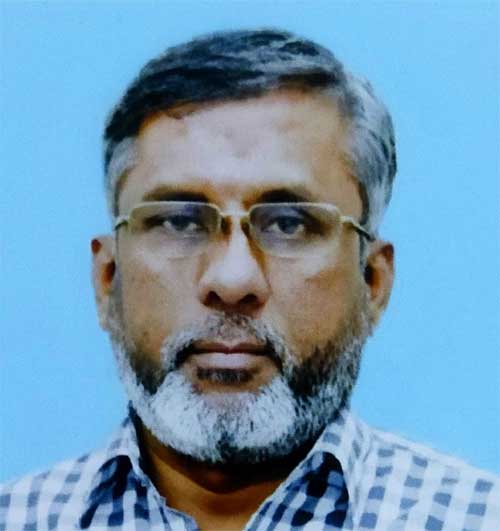At a news conference last year, the Sindh education minister said that 5,000 “unviable” elementary schools in the state would be shut down and their buildings would be repurposed for community benefit.
Under PM Junejo, the race to open schools had begun in the middle of the 1980s. It picked up speed under Musharraf when greater authority was transferred to the district level. District Nazims had unheard-of powers, but they lacked experience in development and administration and were susceptible to local pressure.
Over the years, a lot of schools, the majority of which were one-room buildings, received approval and were built on the advice of powerful people. No matter if there was a need for more than one school in a hamlet, other schools would spring up. Many schools were actually being exploited for ceremonial purposes, and the goal was to create jobs for family members or potential voters.
The Sindh Education Department’s Reforms Support Unit (RSU), which was tasked with conducting a survey of non-functional or dysfunctional schools, produced a report that served as the foundation for the decision to close these schools. To solicit any objections, the list of schools that were scheduled to be shuttered was published in newspapers. Numerous of the listed schools had been operating for more than 50 years but were now in poor condition.
Political pressure and teachers’ unions have had an unthinkable negative impact on the educational system. Recently, there was a widely reported incident involving college lecturers in Government College Pir Jo Goth severely beating biometric workers.This was not a unique event; threats, intimidation, and professors who refuse to utilize biometric equipment are all too typical.
The term “unviable” cannot be used to describe schools. Results from biometric attendance machines in the early years had uncovered thousands of teachers who were frequent absentees. Most those who had accrued enough pensionable service to retire had done so. Those who had chosen to go on rarely concentrated on teaching and instead kept a formal presence in the classroom. How could parents expect their kids to gain from attending school in such a situation? As a result, dropout rates increased.
Instead of recommending the closure of schools based solely on the assumption that parents are unwilling to provide for their children’s education, the RSU would have known this if it had engaged in conversation with communities to determine the true causes of desertion in schools. Before advising the closure of their schools, the survey team should have questioned school-age children living nearby the hamlet, according to a former RSU head. Instead, they never even did so.
One might not dispute with the claim that some schools would have to close because there weren’t enough students in a hamlet or its surrounding areas to support more than one school. Did the Sindh government’s policymakers, however, ever take into account the villages’ recent population growth? Can you offer one instance of a village where the whole people has migrated?
There is undoubtedly seasonal movement, particularly from the Thar, Kachho (Kirthar range), and the coastal zone to upper Sindh and southern Punjab, but this should not be used as justification for closing schools. School-aged youngsters should instead be encouraged to stay in school until the end of the year.
Additionally, one can concur with the former RSU leader who said: “There is no basis for six schools to operate within a two-kilometer radius.” Co-education is still hampered in Sindh by rural taboos, though. Therefore, having multiple schools is a blessing, and ladies might be given their own school.
Similar to this, it is possible to recreate the “split-up” educational approach that is popular in several elementary schools in the UK. According to this approach, kids are grouped into infant and junior level age groups and assigned to different classrooms. The implementation of this system in Sindh requires careful consideration because the minimum age for enrollment in school has been raised to 16. The placement of senior class pupils in a neighboring village/mohalla school, and vice versa, as an alternative to having all students from nursery through Class 5 in one classroom.
Since the institution fosters learning and development, it can never be referred to as being “unviable.” If not today, then tomorrow will require it. Vacant buildings may be turned into computer learning centers and filled with reading materials till then.
Communities were not consulted at the local or District Reforms Oversight Support Committee level, let alone at the province level, which is regrettably evidence of the Sindh bureaucracy’s history of being wary of involvement with the locals. This, alone, is the cause of Sindh’s lack of interest in education.
Sign in
Welcome! Log into your account
Forgot your password? Get help
Password recovery
Recover your password
A password will be e-mailed to you.






